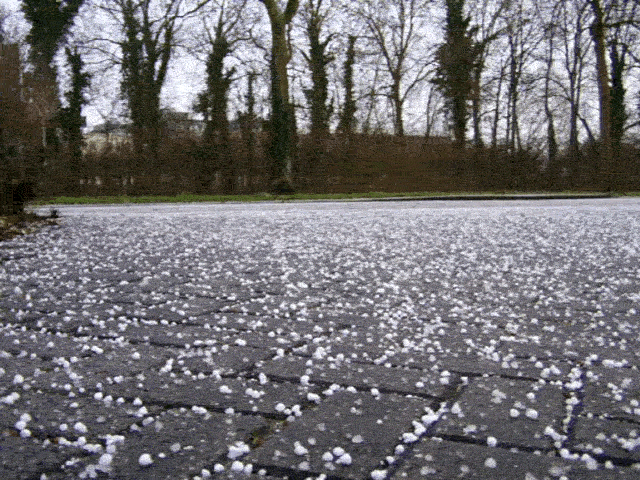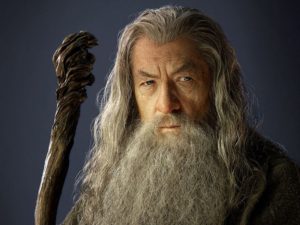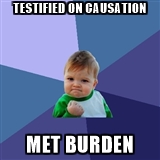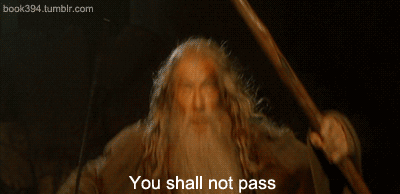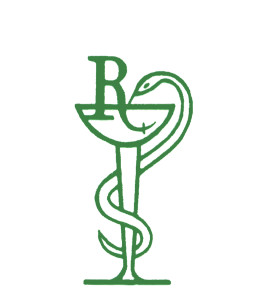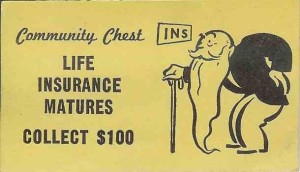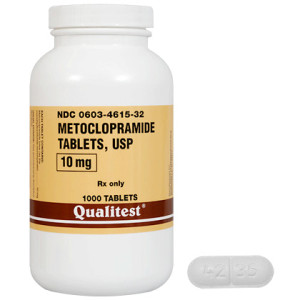A propane grill exploded; the injured plaintiff won a judgment against the supplier of the propane tank, and the Fifth Circuit reversed in Johnston v. Ferrellgas, Inc.:
[T]he circumstantial evidence on which the Johnstons rely does not cure the want of proof that the tank was defective when it left Ferrellgas’s possession. This is not a res ipsa case. Indeed, the Johnstons did not advance that theory of liability before the district court or before us. In sum, the Plaintiff’s expert admitted that he could not say the tank was defective at the time it left Ferrellgas, making his prior comments about the tank’s condition at that time pure speculation; the tank functioned properly before Johnston used it; the tank and seal are not sealed containers; and both parties agree Ferrellgas successfully refilled the tank with gas under highpressure months before the accident. There is no reasonable basis on which the jury could find the Johnstons met their burden.
No. 23-10019 (March 21, 2024). A dissent saw matters differently.
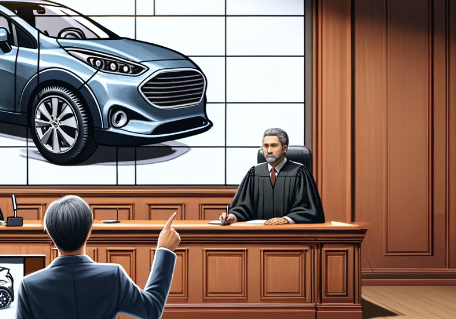

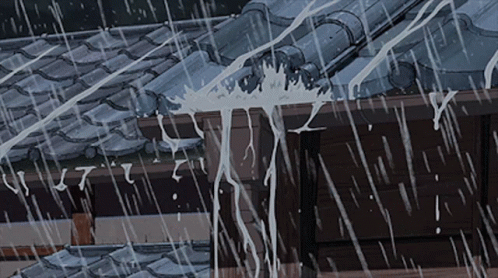

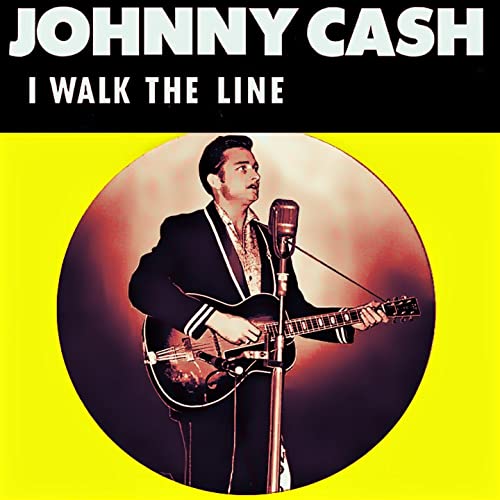
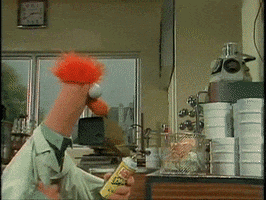

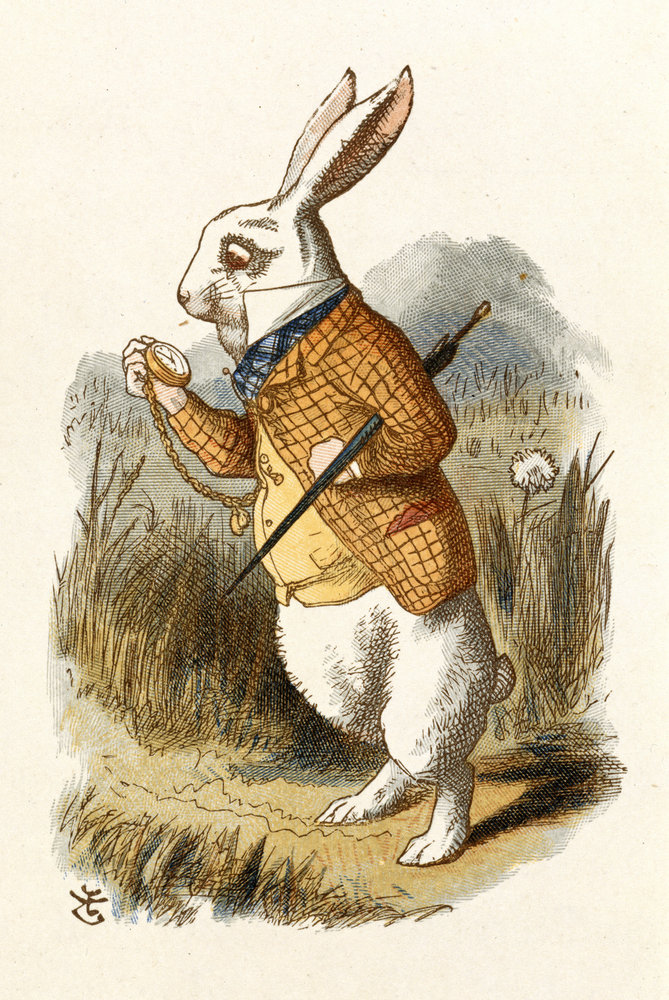
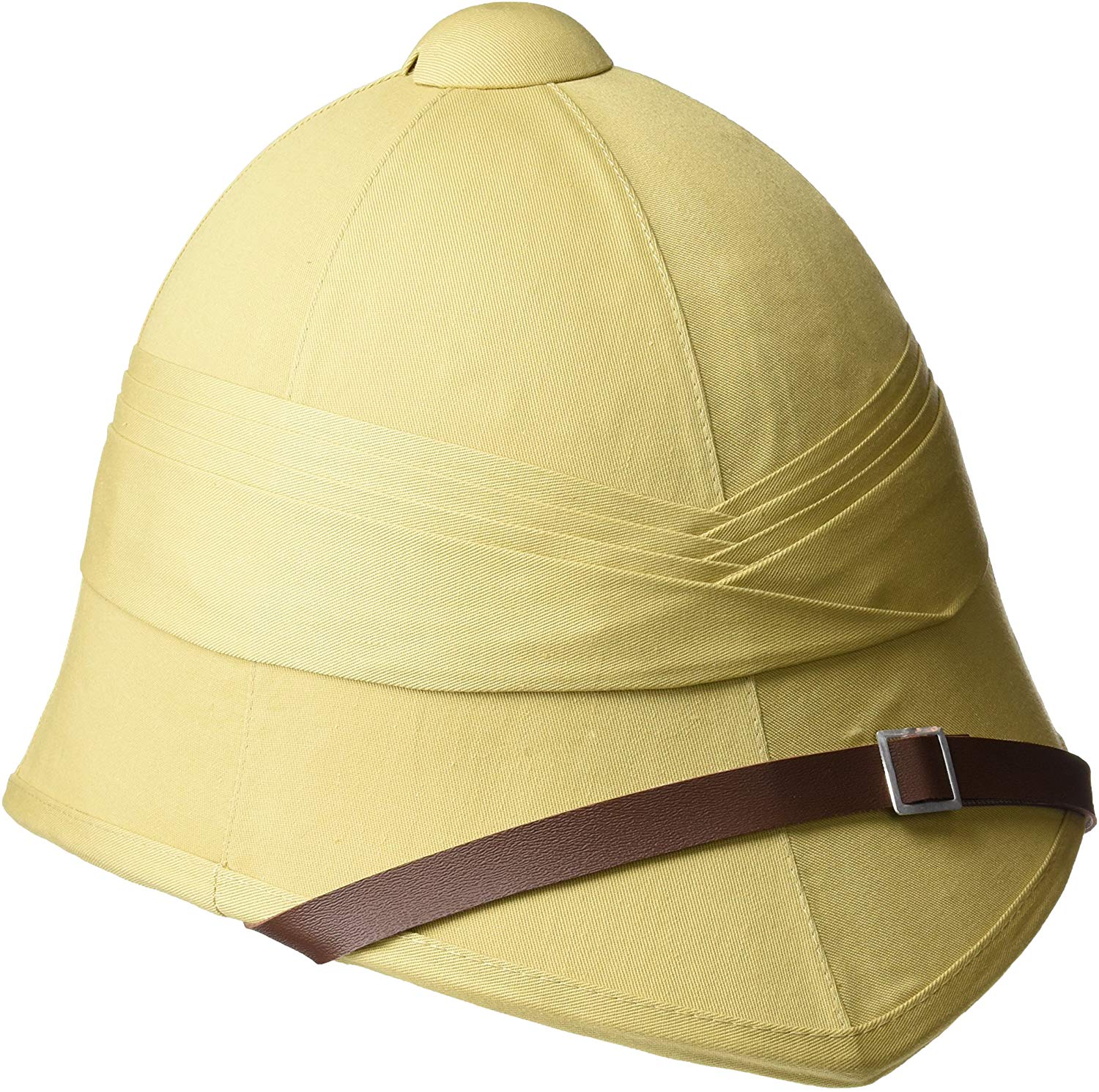

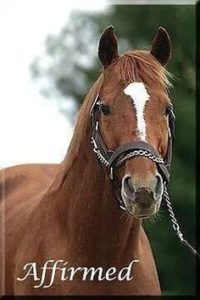
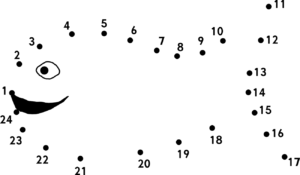

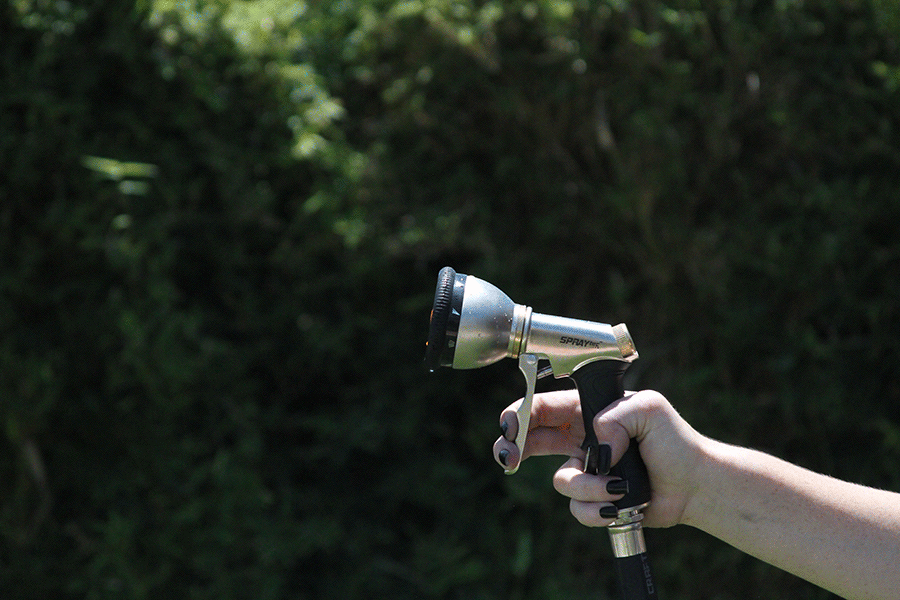
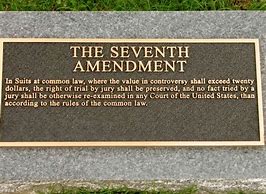
 (4) a Daubert challenge to the plaintiff’s expert on warnings
(4) a Daubert challenge to the plaintiff’s expert on warnings 